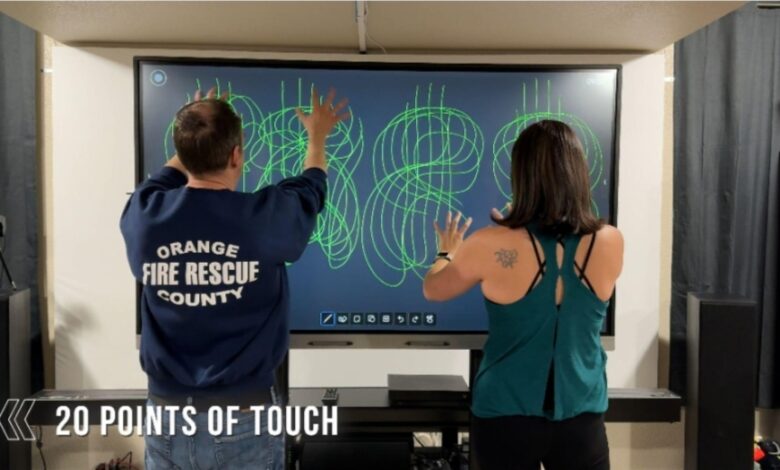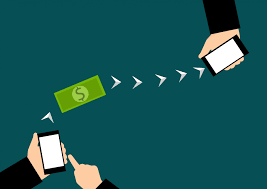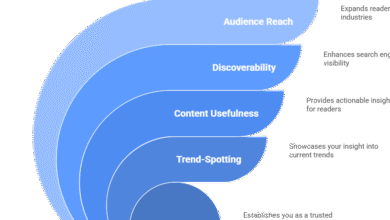The Decline of Chalkboards: How Technology is Shaping Modern Classroom

The sound of chalk screeching across a blackboard is a vivid memory for many people who attended school just a few decades ago. Once a classroom staple, chalkboards, also known as blackboards, have rapidly faded into obsolescence, replaced by whiteboards, digital displays, and smart classroom technologies.
A Brief History of the Chalkboard
The chalkboard dates back to the early 19th century and revolutionized the way teachers delivered lessons. Before its invention, educators typically used individual slates for each student, which limited communication to one-on-one interactions. The chalkboard allowed teachers to present information to an entire classroom at once, significantly increasing instructional efficiency.
By the mid-20th century, chalkboards had become ubiquitous in classrooms around the world. They were durable, easy to clean, and worked well with inexpensive white or colored chalk. However, while chalkboards once symbolized progress, their limitations became more evident with technological advancements in education.
The Decline of the Chalkboard: Key Reasons
1. Dust and Allergens
One of the most significant drawbacks of chalkboards is the dust produced during use. Chalk dust can aggravate allergies and asthma, both for students and teachers. Over time, the health risks posed by airborne chalk particles led many schools to reconsider their use. Whiteboards, which use markers instead of chalk, offer a cleaner and more hygienic alternative.
2. Maintenance Challenges
Chalkboards require regular cleaning and tend to accumulate residue even after being wiped down. Over time, they develop “ghosting” faint images of previous writing that cannot be removed easily. By contrast, whiteboards and smartboards maintain a cleaner, clearer surface with less effort, making them more suitable for daily use in classrooms.
3. Wear and Tear
Chalkboards are prone to wear, especially in high-use environments. Frequent writing and erasing eventually lead to scratches and reduced surface visibility. Replacing or resurfacing chalkboards can be expensive and time-consuming. Newer technologies like digital whiteboards, including smart whiteboards, offer much longer lifespans and better ROI for educational institutions.
4. Limited Visibility and Contrast
Traditional chalkboards often present visibility issues, especially in large or brightly lit classrooms. Chalk can be hard to see from a distance, and glare on dark surfaces exacerbates the problem. Whiteboards and digital screens, by contrast, offer better contrast and readability, enhancing the learning experience for all students.
5. Technological Integration
Modern teaching involves multimedia elements like videos, presentations, animations, and collaborative online tools. Chalkboards simply cannot accommodate these needs. Smartboards and digital whiteboards can be connected to the internet, project dynamic content, and support interactive learning platforms. Tools like HKMLC smart whiteboards exemplify this transformation, enabling teachers to present engaging, real-time content.
Advantages of Whiteboards and Digital Alternatives
As schools transitioned away from chalkboards, whiteboards and smartboards became the go-to replacements. Here’s why:
1. Better Student Engagement
Whiteboards allow for the use of colorful markers, magnetic accessories, and interactive activities. Digital whiteboards go even further, incorporating touch-screen technology, multimedia playback, and real-time collaboration tools. These features keep students more engaged and responsive.
2. Time Efficiency
Teachers can save lesson templates, write digitally without erasing, and switch between files and browser tabs using smartboards. This boosts time efficiency and streamlines lesson planning.
3. Collaboration and Accessibility
Smart whiteboards facilitate collaborative learning, allowing students to interact directly with content. They also offer better accessibility for students with special needs, text can be resized, color contrasts adjusted, and audio feedback added to assist diverse learning styles.
4. Eco-Friendly and Cost-Effective
Though smartboards require a higher upfront investment, they reduce the long-term cost of chalk, markers, erasers, and replacements. Moreover, by minimizing paper use and streamlining instruction, they support eco-friendly education.
The Impact on Teachers
Many educators who transitioned from chalkboards to modern teaching tools report improved comfort and teaching quality. Teachers no longer have to deal with dry hands, sneezing from chalk dust, or wasting time cleaning boards. With interactive technology, they can tailor lessons to suit different learning styles and adapt quickly to student feedback.
Teachers also benefit from saved digital notes, lesson replay features, and built-in tools like timers, rulers, and graphing utilities, all of which improve classroom management and lesson clarity.
Students and the Learning Experience
For students, the move away from chalkboards has drastically improved classroom visibility, content interaction, and learning engagement. Visual learners, in particular, benefit from colorful, animated, and dynamic content. The use of real-time feedback tools in smartboards helps students grasp difficult concepts more quickly.
The reduction of chalk dust has also made classrooms healthier, improving attendance for students with respiratory conditions. And in collaborative environments, digital whiteboards have made it easier for students to participate actively in the lesson.
How HKMLC Smart Whiteboards Support the Transition
HKMLC whiteboards are among the leading tools helping schools shift from traditional methods to interactive learning environments. These smartboards combine touch-sensitive surfaces, ultra-clear displays, and seamless device integration to create a fully immersive classroom experience.
By allowing multiple users to draw, annotate, and manipulate objects simultaneously, HKMLC smart whiteboards promote a highly collaborative learning space. Whether it’s annotating a science diagram or solving math problems together, students stay more connected to the material and their peers.
Schools that have adopted HKMLC smart whiteboards report higher engagement scores, better teacher satisfaction, and more efficient lesson delivery. They are also noted for their reliable performance and long-term durability.
Challenges of the Transition
Despite the many advantages, transitioning from chalkboards to whiteboards or smartboards isn’t always easy. Here are a few common challenges:
1. Cost
High-tech tools come with high initial costs. Not all schools, especially those in underfunded district,s can afford to replace chalkboards with digital alternatives.
2. Training
Teachers must be trained to use new technologies effectively. Without proper support, the potential of smartboards can go underutilized.
3. Infrastructure Requirements
Smartboards require stable electricity, internet access, and often a tech support system. Schools in rural or low-income areas may lack the infrastructure to support such tools fully.
However, many education grants and nonprofit initiatives now aim to close this digital divide, making these technologies increasingly accessible across various demographics.
The Future of Educational Tools
As education continues to evolve, the trend is moving toward immersive, interactive, and flexible learning environments. Technologies like augmented reality (AR), virtual reality (VR), and artificial intelligence (AI) are expected to be integrated with digital whiteboards, making lessons even more engaging and personalized.
Chalkboards, though rich in history, are likely to remain a nostalgic symbol of past educational practices. The future lies in digital transformation and student-centric tools that promote collaboration, inclusivity, and creativity.
Final Analysis
The decline of chalkboards in schools isn’t simply a matter of convenience; it reflects a broader shift toward more effective, inclusive, and tech-driven education. While chalkboards served their purpose for generations, they fall short in today’s fast-paced, multimedia-rich learning environments.
Smartboards and whiteboards are now at the forefront of this transformation, enabling better engagement, healthier classrooms, and improved academic outcomes. As educational institutions embrace innovation, the classroom experience continues to improve for students and teachers alike.




